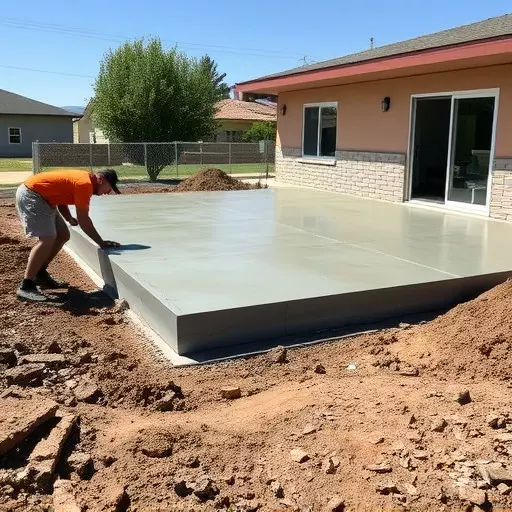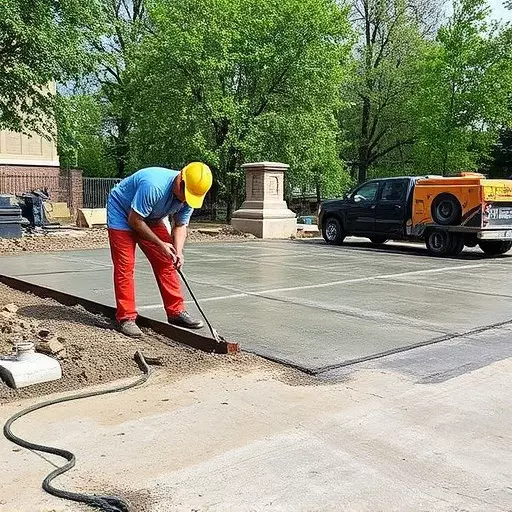
The process of installing a concrete slab for basements begins with meticulous preparation. First, the area is cleared and leveled, ensuring a solid foundation. Then, forms are placed to define the shape and height of the slab. The next step involves laying rebar (reinforcing bars) to enhance structural integrity; these steel bars are arranged in a specific pattern and secured in place. After this, a layer of wire mesh or concrete fabric may be added for further reinforcement. Once the preparation is complete, the concrete slab pouring process toledo begins, where liquid concrete is poured into the forms, carefully leveling and settling it to ensure uniform thickness.
Concrete slabs offer numerous benefits for basements. They provide an incredibly strong and durable surface, capable of withstanding significant weight and pressure, making them ideal for supporting walls and floors. Concrete is also highly resistant to fire, moisture, and pests, ensuring a long-lasting, safe, and dry basement environment. Additionally, these slabs can be finished with various options like smoothing, staining, or sealing, allowing for customization in terms of aesthetics while maintaining functionality and value.

